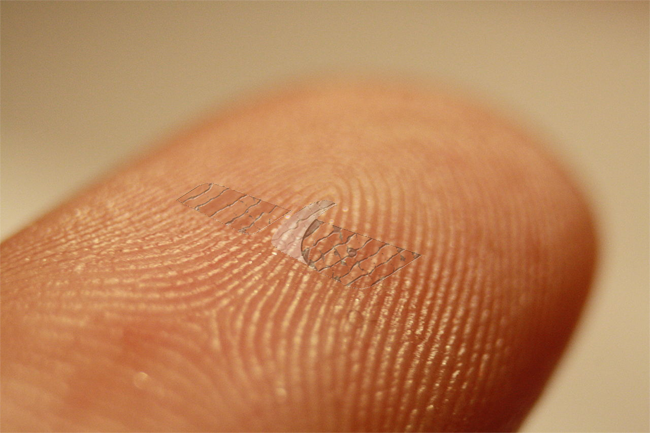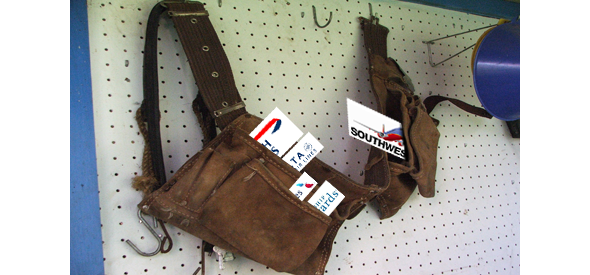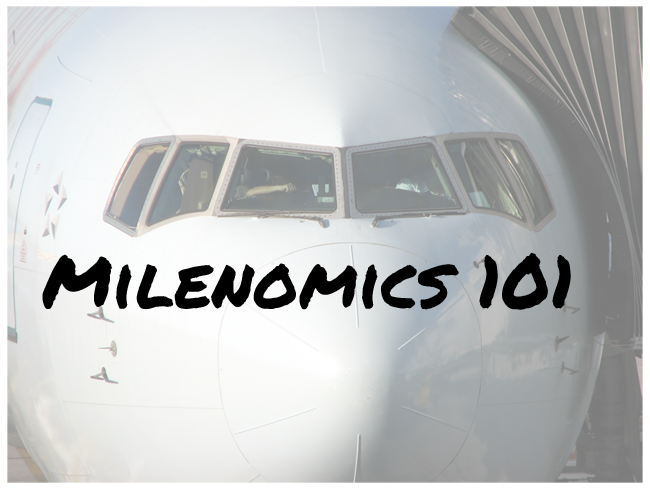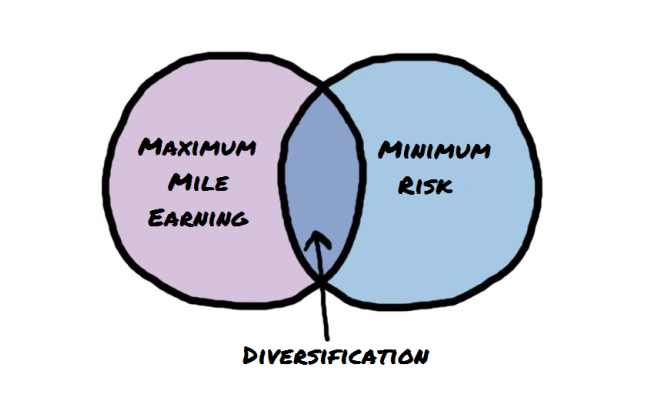Note:if you’re a #101 level Milenomic you can disregard this post.
Capital One has been using the phrase “what’s in your wallet?” for quite some time. Today we’ll ask “what’s in your Award Tool Belt?” We’ll introduce the idea of Miles as tools, and discuss the ones I use to help save money on award travel.
Think of Miles as Tools
What are miles? We’ve discussed what miles aren’t quite a few times here. Miles hold no inherent value. They are an investment of sorts–but need to be converted into something; travel, or cash, before we can realize that investment. They also hold their value terribly, giving way to program changes and devaluations.
What separates one type of mile from another? Well, think of miles as tools, and your assortment of miles you collect as different types of tools. This is an example of retraining your brain for Milenomics–you’re breaking down the idea of flying one airline, and instead creating a network of options in your head, using your tools to benefit you the most.
Just like how a plumber uses different tools than an electrician does, we each should have tools in our Award Tool Belts that benefit our needs. You wouldn’t take a pipe wrench to fix a light fixture, and you shouldn’t automatically assume all miles fit each and every purpose.
Frequent Flyer Fingerprints
“What miles should I collect?” is a very common question for someone to ask me once they find out about my love of Miles. The answer is often a complex one. So complex in fact that I created Milenomics (the blog), to try to really illustrate how the system can work for you. What miles you should collect is a combination of your traveler type and answers to many questions, including:
- 1) Where you live
- 2) Where you want to travel
- 3) Flexiblity in Dates
- 4) How quickly (and cheaply) you can collect miles
- 5) How often your travel
I have my own combination of the above. You will have yours. In fact we’re each unique. We all have what I like to call our “Frequent Flyer Fingerprint,” and no two are the same. Just like how fingerprints are unique, your Frequent Flyer Fingerprint will only exactly fit you. It is important to find people with similar fingerprints as you–and use those similarities to learn more about what you should be doing.
Because we are all unique, the best I can do is share with you my travel tools, and the programs Milenomics uses. It is then up to you to hone your skill–removing programs that don’t fit your needs, and adding others. This is why Milenomics might be the worst blog for you. If you’re too rigid, and are looking for a “one size fits all” system–you won’t find it here. We help each other, and we should constantly try to improve our own system.
The Award Tool Belt in Action: Avoiding Fees
Milenomics hates fees, and we should all hate fees. Fees are nothing more than a grab for our hard earned cash. Sure some fees likely recoup lost revenue. However, a fee like US Airway’s “Award processing fee,” or AA, UA and US’s “Close in ticketing fee,” are both examples of fees I feel are excessive. This type of fee exploits our need to travel on short notice.
How far will I go to avoid fees? Well, I’ve crafted my Award Tool Belt around avoiding fees. I’ll go over each item in my belt, and explain how it works to avoid fees for award bookings:
British Airways Avios: Milenomics loves Avios, enough to label them the best program for first time uses of miles. For fees Avios can be terrible, so it might be a surprise to some of you how they ended up in this post. If you’re being hit with huge fees to use your Avios, Stop. You’re using them wrong. For their intended uses; AA and AS flights, and other short flights that don’t charge Fuel surcharges Avios are wonderful. Add to this no close in booking fee and you save yourself $75 by booking AA flights last minute with Avios instead of AAdvantage miles. Just make sure Bandit British Airways’ phone agents don’t try to rip you off!
Delta SkyMiles: Delta does a lot of things wrong, but two things it does right are: a) Easy and cheap to earn miles and b) No close in ticket fee. Every time I have to fly somewhere on short notice and I choose Delta I save $75 per person.
Southwest Rapid Reward Points: When I know my plans might change, I book my flights with Southwest. These flexible, fixed value points allow you to cancel your flight, even the day of travel, and get your points redeposited. This type of benefit saves $150 off of regular change or cancellation fees most airlines charge. When I know my plans will change I often book two different options a few weeks apart, and cancel the one that doesn’t work for me. Southwest also includes free checked bags, so If I’m certain I’ll check a bag I can use them to avoid this fee as well.
Amex Membership Rewards Points: The ultimate in Flexiblity. MR transfer to a host of airlines and programs. In addition, I use my MR as a “shadow currency,” allowing me to book into programs that MR do not transfer to. I also trade them to get more favorable transfer rates, and save myself miles. MR Transfer to BA Avios, so the above benefits of Avios are folded into MR by the very nature of this transfer ability.
AAdvantage Miles: When I think my international travel dates might change I make sure to book with AA. AA (still) allows free date changes, so long as award space is available in the class you’re already booked into. When I’m not sure when I can go, I book now, and then change dates later.
There are plenty of ways to avoid other types of fees using BYOE Methods–from airline lounges to checked baggage fees. An Excellent piece I co-wrote is up on the Military Frequent Flyer Blog today–outlining even more ways to avoid fees, and travel like an elite for less. Some of the post applies only to Military servicemembers, but other parts apply to everyone. Either way it is worth a read to see another blog’s take on BYOE.
Coming back to our opening question, “What’s in your tool belt?” and why? Collect enough different miles to give yourself flexiblity, but don’t get weighed down with too many different types of miles. Make sure you know the times to use your miles, and the times not to. The right tool for the right job makes all the difference.
When in doubt, drop me a line– samsimontravel@gmail.com. Or follow me on twitter @Milenomics, and facebook: www.facebook.com/Milenomics.





I really enjoy reading your posts. And I agree, Avios is a wonderful, underrated mileage currency. Thats the one I mostly recommend to my relatives, especially families. It does sound like an odd choice in America for sure, till you look into all the benefits. Unfortunately, I think the devaluation is near.
Anothe great post!
I have been redeeming avios for hkg->pvg r/t with dragonair for 9000 avios +$86 fees.
Do u have any other ways to lower the fees. Maybe transfer from amex mr to Cathay pacific program? Thanks.
Lee: nothing that I Know can come close to the 4,500 avios each way. While you might find a program that allows you to skip the fees, doing so would cost you at least 2x the miles–and maybe even 3x the miles, negating any savings really.
First of all…I like your cleverly made pictures. You must be awesome at photoshop! Secondly, in my Award Wallet, you have to scroll down a lot so I’m pretty well diversified in points. Great post!
Thanks! I work harder on the images than the post sometimes. I often tell myself I’m wasting time, but I’m glad someone else appreciates them. 🙂